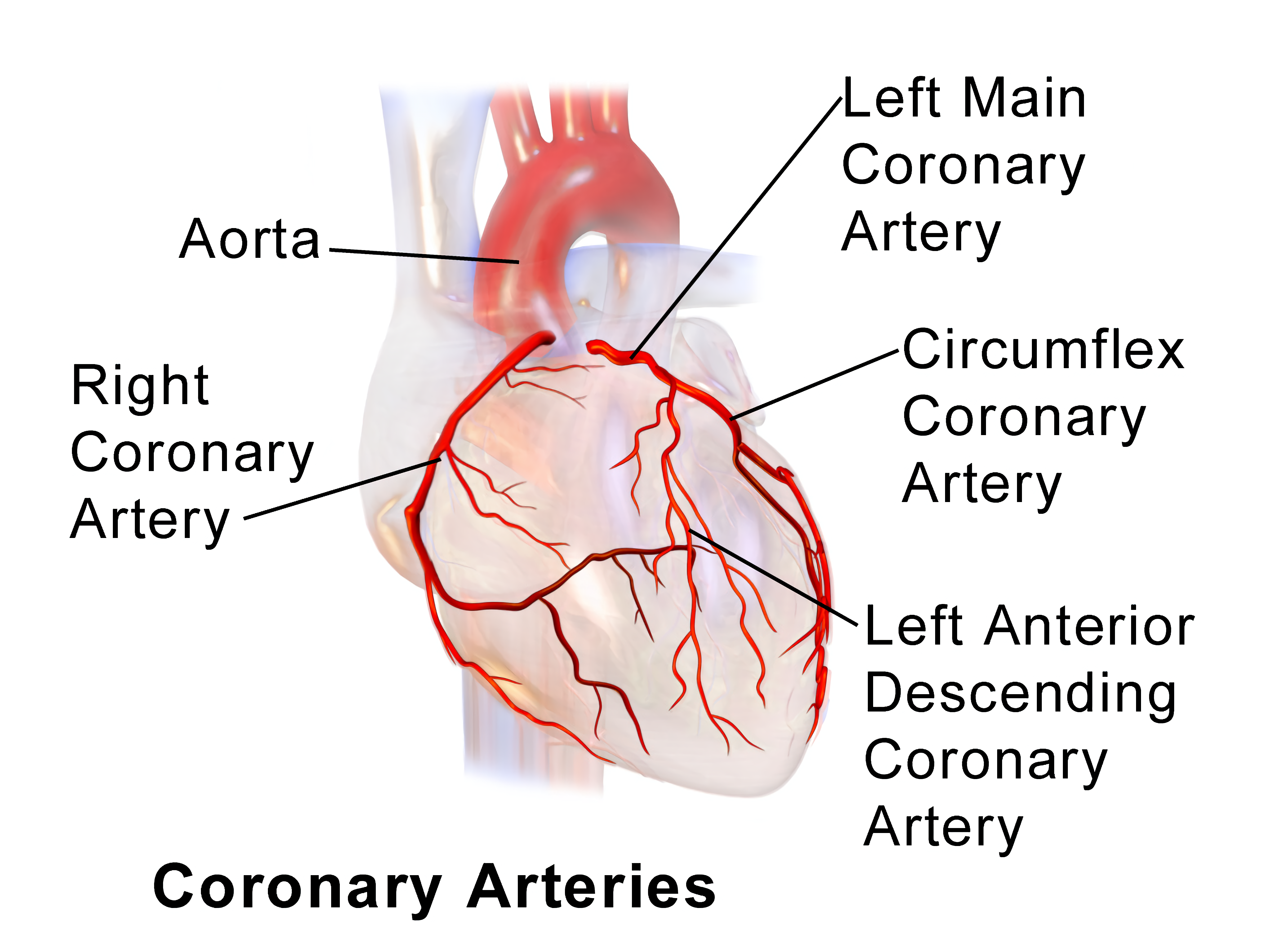Hearts are made to be broken, so said Oscar Wilde. Human heart handles emotional trauma in the classical way with time as the healer. Pain slowly gets relegated to the dark recess of memory and even if it surfaces at times one would have by then learned the art of dealing with it.
 |
| Work by BruceBlaus Wikipedia |
Now about physical damages. Medical world has amazing ways of repairing and constructing damaged heart- bypass surgery, valve replacement, heart transplantation etc are easily said and as easily done too. Heart is a relentless machine. Per day statistics runs roughly like this- about 100,000 beats which facilitates the pumping of about 2000 gallons of oxygen rich blood through the aorta to reach every nook and corner of the body. Heart's own needs are taken care of by the left and right coronary arteries. These arteries divide and subdivide into smaller and smaller branches and reach every fibre of the cardiac muscle.
It has now been discovered that coronary arteries respond with ingenuity when confronted with blockages in their blood circulation network. They immediately presses into action dormant channels called collateral channels. Now collateral plumbing system is laid down at birth to be used in emergency. When pressed into action they bypass the blockage, reach blood and nutrients to the required spot. With continued usage collateral channels grow bigger and stronger and can restore upto 40% efficiency. In rare occasions even brand new channels might be opened. Dr Rubanyi who works in the area of cardiovascular therapeutics is confident that heart can be coaxed to grow new blood vessels under duress. Towards this end it is necessary to know under what circumstances collateral blood vessels become active.
There are indications that vigorous physical exercise could be one of the factors that push blood into dormant collateral channels. But then there are patients for whom even minimal physical exertion is a big NO NO. "Hence the search " Dr Rubanyi says "for the right combination of designer proteins, genes or cells to push the heart to expand its collateral network."
References:
1. The heart therapy by Gabor Rubanyi Scientific American January 2017


